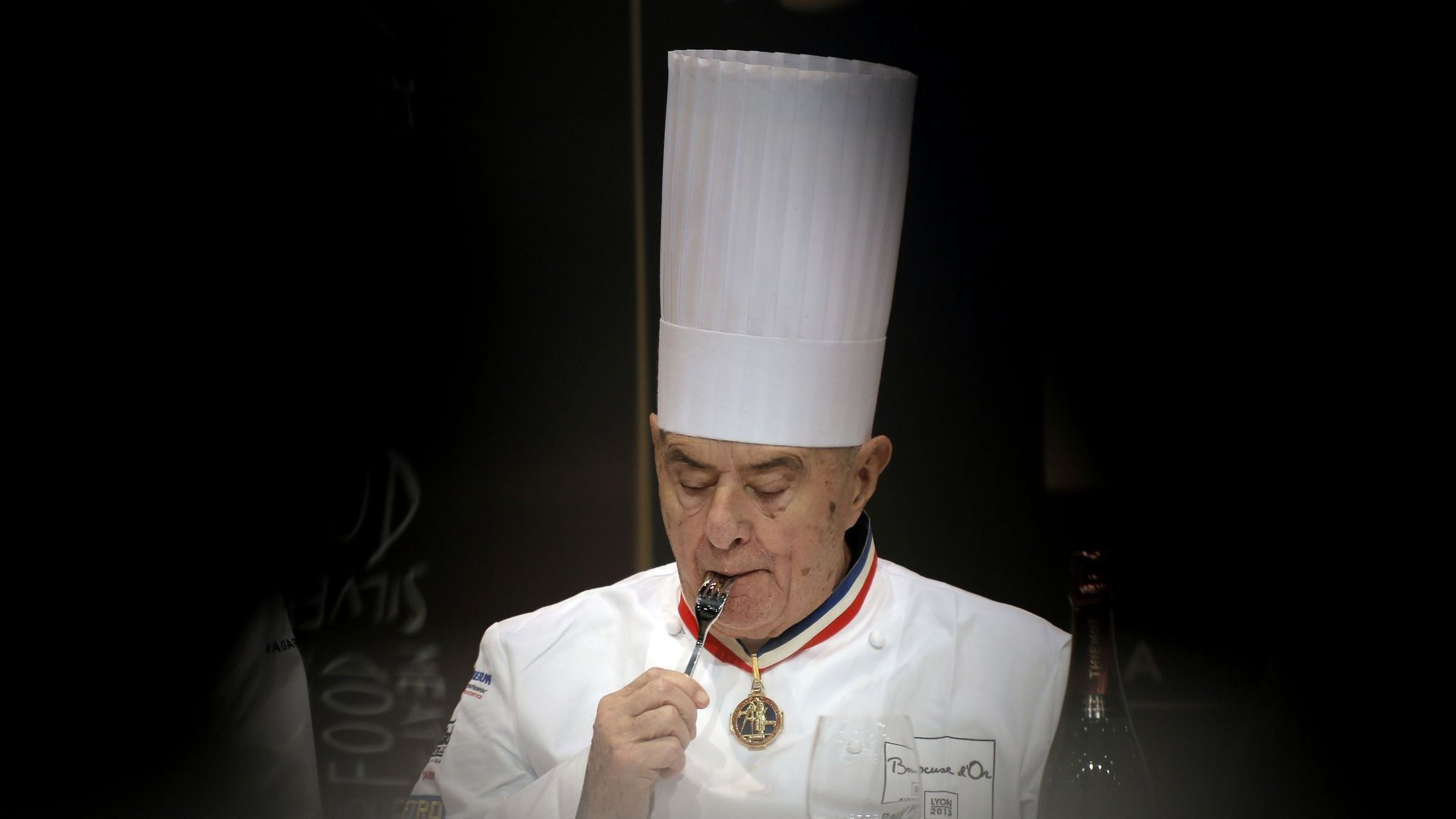A female chef’s secret recipe for success
Carme Ruscellada i Serra looks like the seven-star Michelin chef that she is. I met her recently at her restaurant in Barcelona, Moments, to discuss Catalan cuisine, the Mediterranean diet, and why there are so few women chefs as successful as she.


Carme Ruscellada i Serra looks like the seven-star Michelin chef that she is. I met her recently at her restaurant in Barcelona, Moments, to discuss Catalan cuisine, the Mediterranean diet, and why there are so few women chefs as successful as she.
Like many of them, she downplays the role of gender in the high-temperature, high-testosterone world of restaurant kitchens. Running a 70-staff kitchen, according to Ruscellada, is not about screaming and swearing. It has to do with body language, posture and tone of voice. “My staff can look at my eyes and tell if I am angry about something they have done,” says Ruscellada, a celebrated chef in Catalunya, the corner of Spain that has now become the mecca for culinary travelers. Numerous Catalan chefs, beginning with Ferran Adria have taken center stage. Only two are women: Ruscellada and Elena Arzak.

Every now and again, and particularly during awards season, the topic of women chefs comes up. The 50 best restaurants in the world were unveiled yesterday in London. This year, Helena Rizzo, chef and co-owner of Mani restaurant in Sao Paolo takes home the award for top female chef in the world: the only one with a gender tag. The other eight categories include “highest climber,” and “one to watch,” most of which allude to restaurants. There is no “best male chef” award. Instead, the chef of the top restaurant is deemed the top chef in the world. The top female chef category could be viewed as patronizing. The problem—for female chefs—is that there are so few contenders.
In the US, for example, according to the Bureau of Labor Statistics, women make up a majority of the labor force in the food business but just a handful occupy its upper echelons. There are fewer women chefs than there are investment bankers, and CEOs. This is particularly galling when celebrity chefs list women—their mothers, aunts grandmothers—as inspiration. Women who cook, it seems, serve as muses and mentors. But not colleagues.
Recently, Time magazine created a furor by putting three male chefs on the cover, prompting renewed accusations and handwringing about the state of women in the world’s kitchens. The reality is that putting a woman chef on Time’s cover would have been tokenism, given the small proportion of top jobs that they occupy. According to Bloomberg News, women occupy just 10 of the top 160 jobs in American restaurants. On the other hand, not acknowledging the slowly rising numbers of female chefs is part of the vicious cycle that causes rising female stars to drop out. I ask Ruscellada why she didn’t. “Because of my husband,” she says. Whenever there was the urge to opt out of the hard life of running a restaurant, she says through an interpreter, her husband would intervene and push her to continue.
We get talking about female chefs and she grows more animated, switching to rapid Spanish from halting English. “Today, with the ease of kitchen equipment, a woman doesn’t need the superior strength or any special skills to work in a restaurant kitchen,” she says. “What you need is a good husband who will stand by you in this tough profession.”
Ruscellada doesn’t seem to have heard of Sheryl Sandberg and when I mention the concept of “leaning in,” she nods politely. “The call and the pleasure of a family is hard to ignore for a woman chef,” she continues. “I too was very happy to withdraw and do some small cooking, but Toni, my husband, put my photo in front of our restaurant and said that I had to go for it.” Today, the entrance of the Mandarin Oriental has a fairly large photo of Ruscellada in chef’s whites, beaming at the hotel’s patrons and passersby on the street.
Women can find it hard to compete and survive in the “ball-busting” atmosphere of a restaurant kitchen. Others describe the difficulties of achieving work-life balance in a profession that demands being away from children on most evenings. But very few chefs, if any—male or female—point to the choice of spouse as the main reason why women aren’t heading kitchens. Husbands matter when you want to become a female chef—perhaps more so than if you want to join Wall Street or head to Silicon Valley, something that the Bureau of Labor Statistics substantiates in its publications on women workers.
What’s the way forward? How do you help female chefs deal with the brutal working hours of a restaurant kitchen? Chefs come in at noon and often leave at 1 a.m. on most nights, including weekends. Male chefs rely on wives to take care of their families. Ruscellada’s path was different. A farmer’s daughter, she married young and began her first restaurant with her husband, somewhat like the current number one female chef, Helena Rizzo, is doing with her Spanish husband.
Ruscellada’s husband, Toni Balam, manages the front of her three-starred restaurant, Sant Pau, just outside Barcelona. Her son, Raul Balam is the chef at Moments (two stars). They have an outpost in Tokyo. While Ruscellada’s photo adorns the entrance of the Mandarin Oriental, it is her husband who is the power behind the chef’s hat.
Ruscellada hasn’t won an award yet, but the number one chef in the world, Joan Roca i Fontané, feels that it is time she did. Perhaps soon, her restaurant will also become one of the top 50 restaurants in the world. It is about time.